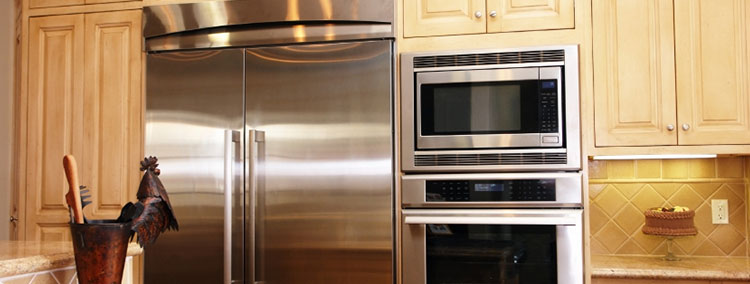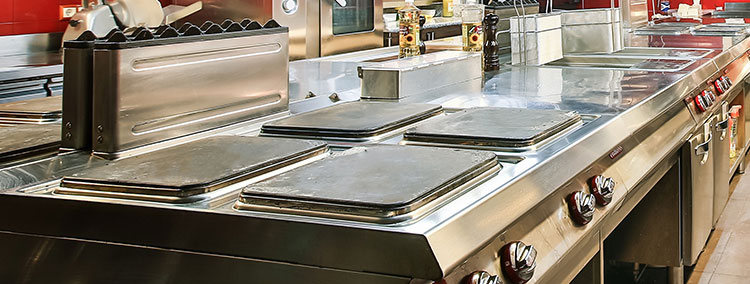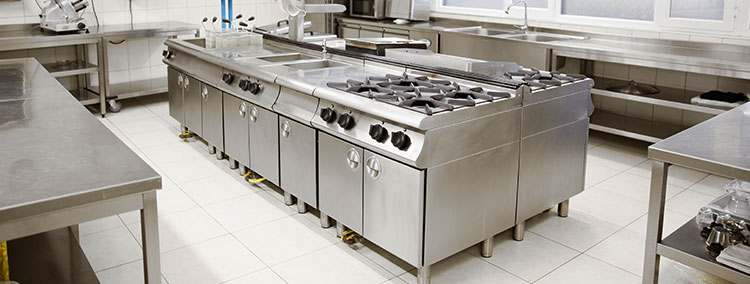A refrigerator that is not cooling has the potential to ruin your food and incur high energy costs. If left untreated, it may cause irreversible damage to your equipment.
According to the FDA, the recommended temperature for a refrigerator is 40°F or below, while a freezer’s temperature should be 0°F.
If you have turned on your appliance but it’s not cooling, this can be due to several issues. Some of the issues that might be causing this problem include:
The condenser coils are dirty
When the condenser coils on the rear of the refrigerator become dusty or coated with spiderwebs, the device cannot cool effectively. According to appliance repair professionals, one of the simplest maintenance tasks you can perform on your refrigerator is to remove it and clean the condenser coils at least once every six months.
To remove the condenser, unlatch the anti-tip brackets on the cabinet’s exterior bottom front. You should then slide the refrigerator out carefully and clean the coils using a hand attachment from a vacuum cleaner.
When doing it, be careful not to bend or damage the coils.
If you have pets, consider pulling out the refrigerator and cleaning the coils more often, as plenty of fur is lying around.
The fridge isn’t plugged in.
While it may appear obvious, one of the most ignored troubleshooting procedures when diagnosing a faulty refrigerator is to ensure it is correctly plugged in, especially if you are returning after a vacation or lengthy absence.
To fix this, you should check the electrical outlet and ensure the refrigerator is properly plugged in.
Replace the damaged power cord with a new one to guarantee a secure and effective connection.
Also, ensure that the circuit breaker linked with the refrigerator is not tripped, as a tripped breaker can disrupt power flow.
Door gaskets are dirty.
The flexible door seals (gaskets) might get dirty over time due to food or fingerprints, preventing the door from properly sealing. To fix this problem, clean the gaskets with a sponge and warm soapy water.
Also, clean off the areas of the fridge where the gaskets meet.
You should avoid using abrasive cleansers, brushes, scouring pads, flammable substances, or window cleaning sprays, as they can harm the appliance, and you don’t want this.
The thermostat is broken.
When you have this problem, the fridge will be reasonably cool and operational but not as cold as you would want.
Your refrigerator has a thermostat that may be turned up or down to suit your preferences.
Check the thermostat to ensure it wasn’t unintentionally turned down, resulting in a tepid fridge that consumes all the electricity. If your thermostat stops working, you should get a replacement.
There is no power getting into the fridge.
When you open the fridge door, and no light comes on, no power is entering your fridge.
This may sound simple, but make sure the refrigerator is plugged in. And if it is, make sure it is receiving power.
Sometimes, the problem is this easy, so don’t ignore it. Perhaps you bumped the fridge while cleaning, and it came unplugged. If it is plugged in, the outlet may have a problem.
You can look at it by yourself or ask a professional to give it a look.
Food items are blocking the air vents.
Most refrigerators receive chilly air from vents in the freezer area, regardless of where the freezer is located.
Unfortunately, food items inside the refrigerator part of the appliance may be preventing the cold air vent from allowing cold air to pass through.
To fix this problem, find the bulky boxes or bags that may have been accidentally placed in front of the vents, preventing cool air from entering the unit.
Pull those items aside or move them to a different shelf.
You also should check if there is any ice blocking the vent. If so, gently chip it away while checking the device’s temperature.
The fridge doesn’t have enough food items.
Mass (food) in the refrigerator contributes to its cooling. Understocked refrigerators can have temperature difficulties and must work harder to maintain cool temperatures. On the other hand, well-stocked (but not overstocked) refrigerators contain enough mass to maintain cool temperatures.
You should keep your refrigerator roughly three-quarters full of food and liquids to ensure proper air circulation.
You should place a couple of water pitchers in the refrigerator’s empty corners to help it stay chilly.
Do not overfill your fridge because products require air movement to remain properly cold.
The evaporator fan is frozen.
When you are having this problem, you may hear a screaming sound that becomes louder when you open the freezer door.
The evaporator fan is normally situated at the back of the freezer, alongside the evaporator coils, and circulates air as the coils work to remove heat.
To access the fan, unplug the refrigerator and remove the cover inside the freezer, just like you did with the evaporator coils. If it is covered in frost, you must remove and defrost it.
You have placed the fridge in a cold area.
Where you place your refrigerator in a warm or cold environment, such as outside or in a garage, you might impact its cooling ability.
A too-cold garage will confuse the fridge and prevent it from cooling its contents. If the garage is too hot, the refrigerator will work overtime to chill the interior.
Even if the fridge is in good working condition, hot appliances near it, such as dishwashers, stoves, or ovens, can interfere with its cooling.
You should put a heat-insulating material on the refrigerator wall to shield the fridge from the stove’s heat.
When cooking, use your kitchen fan to keep the temperature down.
To keep the refrigerator separate from other hot appliances, refrigerator repair Springfield technicians recommend that you surround it with a bespoke enclosure. This is also a solution for a fridge in a garage with high temperatures.


